详细说明
Species Reactivity
Human
Specificity
Detects human CD229/SLAMF3 in direct ELISAs and Western blots. In direct ELISAs and Western blots, no cross‑reactivity with recombinant mouse CD229 is observed.
Source
Monoclonal Mouse IgG2a Clone # 249936
Immunogen
Mouse myeloma cell line NS0-derived recombinant human CD229/SLAMF3
Lys48-Lys454
Accession # Q9HBG7Formulation
Supplied 0.2 mg/mL in a saline solution containing BSA and Sodium Azide.
Label
Alexa Fluor 647
Applications
Recommended
ConcentrationSample
Flow Cytometry
0.25-1 µg/10 6 cells
Human whole blood lymphocytes
Please Note: Optimal dilutions should be determined by each laboratory for each application. are available in the Technical Information section on our website.
Preparation and Storage
Shipping
The product is shipped with polar packs. Upon receipt, store it immediately at the temperature recommended below.
Stability & Storage
Store the unopened product at 2 - 8 °C. Do not use past expiration date.
Background: CD229/SLAMF3
CD229, also known as Ly9 and SLAMF3, is a 120 kDa type I transmembrane glycoprotein in the SLAM subgroup of the CD2 family (1). Mature human CD229 consists of a 407 amino acid (aa) extracellular domain (ECD) with two Ig‑like V-set and two Ig‑like truncated C2-set domains. It also shows a 22 aa transmembrane segment, and a 179 aa cytoplasmic domain with two immunoreceptor tyrosine-based switch motifs ITSMs (2, 3). The ECD of human CD229 shares 57%‑59% aa sequence identity with mouse and rat CD229. Within the first two Ig‑like domains that are common to all SLAM proteins, human CD229 shares 24%‑39% aa sequence identity with human 2B4, BLAME, CD2F-10, CD84, CRACC, NTB-A, and SLAM. Alternate splicing generates two additional isoforms that lack the juxtamembrane Ig‑like domain or short cytoplasmic region (2). CD229 is expressed on T and B cells, thymocytes, and more weakly on NK cells (2‑6). Homophilic binding between CD229 molecules is mediated by the N-terminal Ig‑like domain (7). Human and mouse CD229 exhibit cross-species binding (7). Antigen stimulation of lymphocytes induces CD229 clustering to sites of T cell‑B cell contact (7). Two tyrosines in the cytoplasmic domain are required for association of CD229 with the adaptor proteins AP-2 (μ2 chain) and GRB-2 and both are required for CD229 internalization (8, 9). In addition, there are two ITSMs which mediate phosphorylation-dependent CD229 association with SAP and SHP-2 (10). These four tyrosine-containing motifs are intact in the described CD229 splice variants. CD229 knockout mice show minimally impaired immune responses, suggesting functional redundancy with other molecules (11).
References:
Bhat, R. et al. (2006) J. Leukoc. Biol. 79:417.
de la Fuente, M.A. et al. (2001) Blood 97:3513.
Sandrin, M.S. et al. (1992) J. Immunol. 149:1636.
Romero, X. et al. (2004) Tissue Antigens 64:132.
Hogarth, P.M. et al. (1980) Immunogenetics 11:65.
Mathieson, B.J. et al. (1980) J. Immunol. 125:2127.
Romero, X. et al. (2005) J. Immunol. 174:7033.
Del Valle, J.M. et al. (2003) J. Biol. Chem. 278:17430.
Martin, M. et al. (2005) J. Immunol. 174:5977.
Sayos, J. et al. (2001) Blood 97:3867.
Graham, D.B. et al. (2006) J. Immunol. 176:291.
Long Name:
SLAM Family Member 3
Entrez Gene IDs:
4063 (Human); 17085 (Mouse)
Alternate Names:
CD229 antigen; CD229; cell-surface molecule Ly-9; hly9; Ly9; lymphocyte antigen 9Cell surface molecule Ly-9; mLY9; SLAMF3; T-lymphocyte surface antigen Ly-9







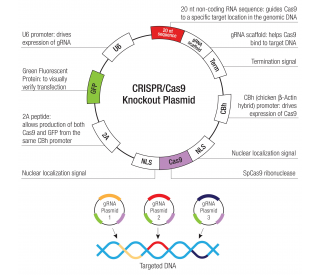
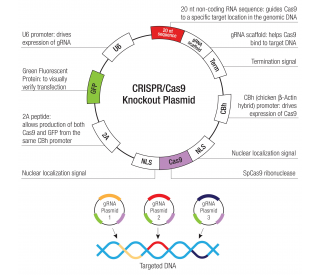
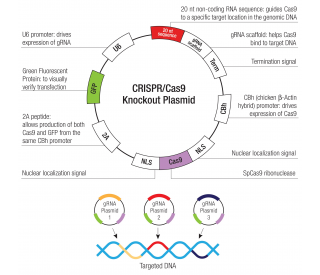
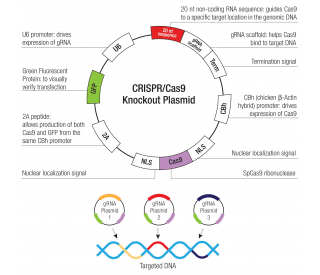
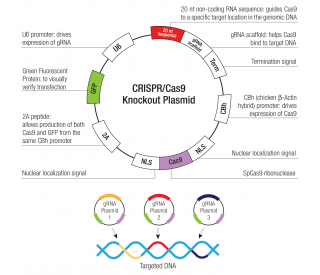
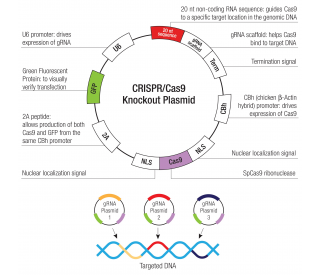
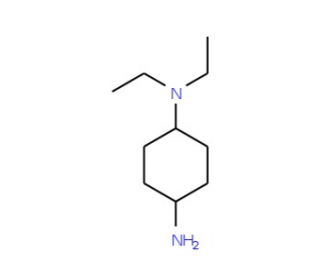
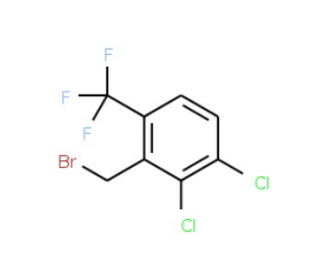
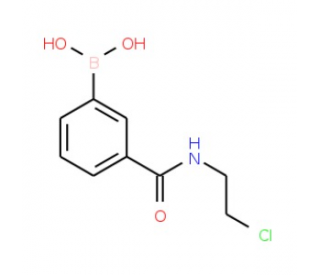
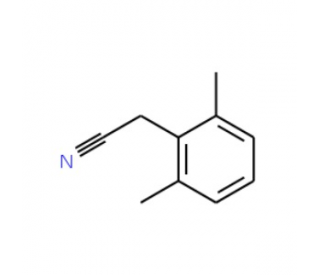
 粤公网安备44196802000105号
粤公网安备44196802000105号